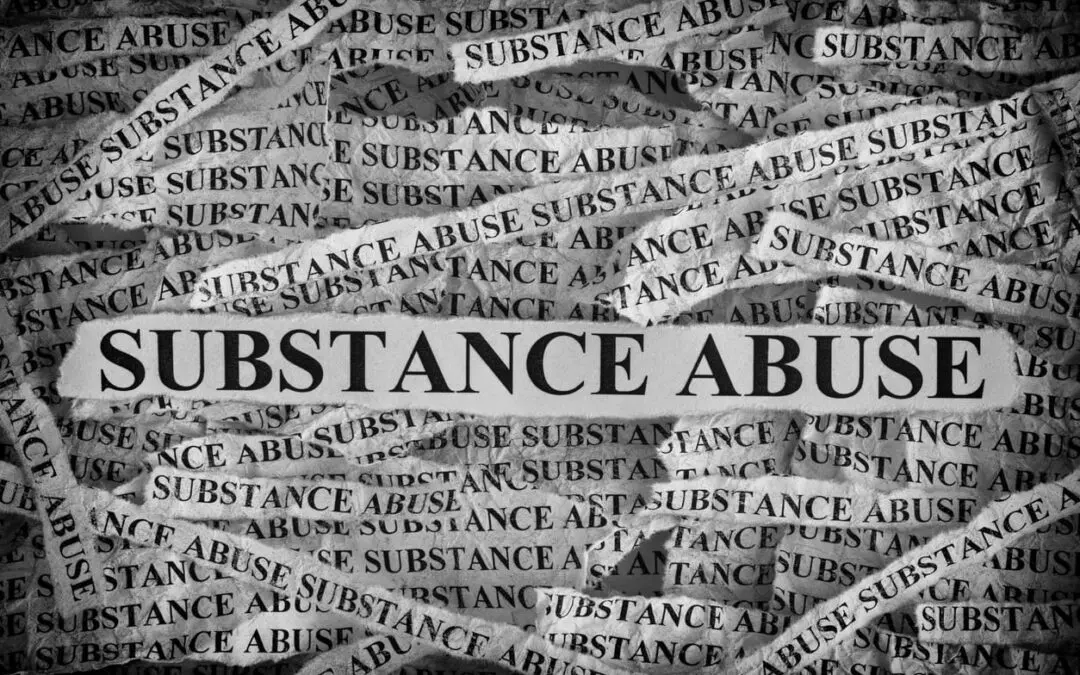[vc_single_image image=”6120″ img_size=”full”]Many argue that addiction or having a substance use disorder is a choice and not a disease. While there is no dispute that choices are initially made that can lead to the development of a substance use disorder (SUD), the choice itself is beside the point.
According to SAMHSA, substance use disorders or SUDs can be mild, moderate or severe, and occur when the recurrent use of alcohol and/or drugs causes clinically and functionally significant impairment, such as health problems or failure to meet expectations.
A chronic disease is defined as a long-lasting condition that can be controlled but not cured. With this definition in mind, a SUD is a chronic brain disease that can be controlled through treatment and reach a stage of remission from symptoms, also known as recovery.[vc_row full_width=”stretch_row” css=”.vc_custom_1533922939732{background-image: url(https://www.lradac.org/wp-content/uploads/2018/08/iStock-883054508.jpg?id=6147) !important;background-position: center !important;background-repeat: no-repeat !important;background-size: cover !important;}”][vc_cta h2=”” color=”turquoise” css_animation=”none”]“Choice does not determine whether something is a disease. Heart disease, diabetes and some forms of cancer involve personal choices like diet, exercise, sun exposure, etc. A disease is what happens in the body as a result of those choices.” – Center on Addiction[/vc_cta][vc_row full_width=”stretch_row” css=”.vc_custom_1534169823121{margin-bottom: -30px !important;background-position: center !important;background-repeat: no-repeat !important;background-size: cover !important;}”]
They choose to start. Why can’t they stop?
[vc_video link=”https://www.youtube.com/watch?v=qRyeAL9tAVs&feature=youtu.be”]People with SUD can stop using, it is just much harder for them to do so and in most cases treatment is necessary.
SUDs change the way the brain works. Substance misuse disrupts regions of the brain that are responsible for reward, motivation, learning, judgment and memory. Individuals struggling with a SUD impulsively use because their impaired brain impairs them from making rational decisions about their use, despite serious health and social consequences.
Watch the video above to learn more about what substance use disorders are and how they affect the brain.[vc_separator][vc_row full_width=”stretch_row” css=”.vc_custom_1534163008353{margin-bottom: -30px !important;background-position: center !important;background-repeat: no-repeat !important;background-size: cover !important;}”]
Who’s at risk?
People of any age, sex or economic status are at risk of developing a SUD, but there are certain risk factors that affect the likelihood or speed of developing one.[vc_column width=”2/3″][vc_single_image image=”6169″ img_size=”full” css=”.vc_custom_1534166532713{margin-bottom: -10px !important;}”]Click here to learn more about risk factors.
[icon name=”arrow-circle-o-right” class=”” unprefixed_class=””] Early Use
[icon name=”arrow-circle-o-right” class=”” unprefixed_class=””] Peer Pressure
[icon name=”arrow-circle-o-right” class=”” unprefixed_class=””] Type of Substance
[icon name=”arrow-circle-o-right” class=”” unprefixed_class=””] Family History
[icon name=”arrow-circle-o-right” class=”” unprefixed_class=””] Mental Health Disorder
[vc_separator]
How to help:
[vc_cta h2=”” h4=”If you or a loved one are struggling with drug or alcohol use, call us today.” add_button=”bottom” btn_title=”(803) 726-9300″ btn_color=”peacoc” btn_align=”center” btn_button_block=”true” css=”.vc_custom_1534169903839{background-color: #edede6 !important;}” btn_link=”url:tel%3A%2B18037269300|title:(803)%20726-9300||”][/vc_cta][vc_cta h2=”” h4=”Support someone on their journey to recovery by giving today.” txt_align=”center” add_button=”bottom” btn_title=”Donate” btn_color=”peacoc” btn_align=”center” btn_button_block=”true” btn_link=”url:%C2%A0https%3A%2F%2Flradac.org%2Ffoundation|||” css=”.vc_custom_1534169916278{background-color: #edede6 !important;background-position: center !important;background-repeat: no-repeat !important;background-size: cover !important;}”][/vc_cta]

